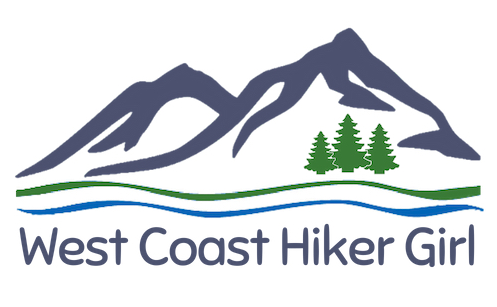In honour of the U.S. National Park Service’s 100th Anniversary, I’ve introduced a feature called “Find Your Park,” named after the popular hashtag the NPS has been using this year to promote the parks. Each unique post will feature one of the U.S. National Parks that I have had the chance to visit.
Park: Yosemite National Park
Location: Yosemite Valley, California
Established: October 1890
Size: 748,036 acres
Annual visitors: 4,150,217 (2015)
Entrance fee: $30/vehicle/week
Times visited: 2
Last week’s blog entry introduced you to Yosemite Valley, the central hub and most visited area of Yosemite National Park.
However, Yosemite Valley is only about 8 square miles within a nearly 750 thousand acre park! There is so much more to explore and I hope this post will encourage you to get out and see everything else the park has to offer.
On both my visits to Yosemite National Park, I entered the park via Tioga Pass, the eastern entrance of the park. The first time was during an August storm, which meant rain and even touches of snow in the 10,000 foot pass. Thankfully my second time through was perfect summer weather, allowing me to clearly see the amazing meadows and peaks surrounding the park entrance.

A high alpine meadow adjacent to the eastern entrance along Tioga Pass road
Arriving from the east, the first major area of the park you will reach is Tuolomne Meadows. The meadows are surrounded by large glacier-shaped granite domes. Lembert Dome is easily the most well-known and offers easy trails to it’s summit as well as some popular rock-climbing routes.

Some of the granite domes of Tuolomne Meadows
Tuolomne Meadows is a great central place to stay, whether at the campground or thelodge. There are a ton of day hikes leaving from the area, including popular Cathedral Lakes, Glen Aulin, and Lyell Canyon.

Lower Cathedral Lake on a cloudy day
Continuing westward along Tioga Road, the next stopping point is Tenaya Lake. It is a great spot to visit on a hot summer day. You can enjoy some time on the water in a canoe or kayak, or you can brave the cold water for a swim.

Tenaya Lake, nestled below Tresidder Peak
The next place to visit is one of my favourites along Tioga Road, Olmsted Point. It offers a stunning view southwest down Tenaya Canyon towards Yosemite Valley. It was also the first time I got to see Half Dome. There is a trail leading from the parking lot that goes all the way down to Yosemite Valley, but is worth following for a few minutes to get away from the crowds and enjoy even better views.

Enjoying the view of Half Dome from near Olmsted Point
Not far from Olmsted Point, you will find a turnoff for the May Lake trailhead. This is aworthwhile detour for a short (2.5 mile) hike that takes you to one of Yosemite’s most scenic lakes. If you want to stretch you legs a bit more, you can ascend to the peak of nearby Mount Hoffman, allowing you a great view of the major peaks in the park.
The stretch of road west of Olmsted Point stays high and works a large curve along the edge of granite domes, crossing Yosemite Creek before coming to the turn off for White Wolf. White Wolf was a small settlement likely established during construction of Tioga Road. The area includes a large campground, a lodge and a handful of day hikes. It is also a great stepping off point for backpackers wanting to explore the high country above Hetch Hetchy, or take a different route into the Grand Canyon of the Tuolomne River.

Distant view of the Grand Canyon of the Tuolomne (Source: Wikimedia Commons)
Conclusion
I encourage you to take a few extra days outside of Yosemite Valley to explore the high country of Yosemite National Park. Get out of your car and get away from the main road. You will get the opportunity to ramble beside pristine alpine meadows, clamber onto rounded granite domes, and take in amazing scenic vistas.
Of course Tioga Road, cutting through the middle of a Yosemite National Park, is just a taste of what the Sierra Nevada mountains can offer. Over 3 million acres of the Sierra Nevada is protected in the National Wilderness Preservation System. The only real way to get to know all of that grand space is to get out and walk.

